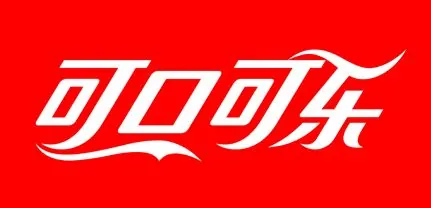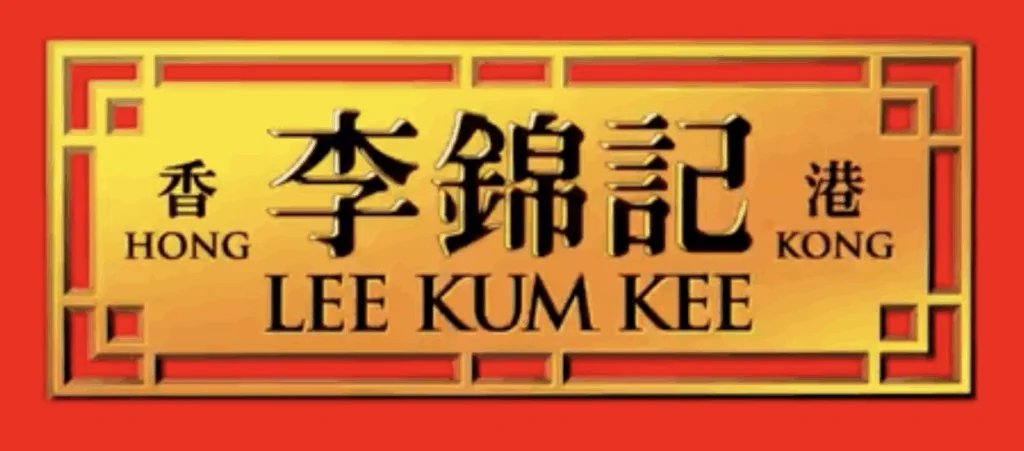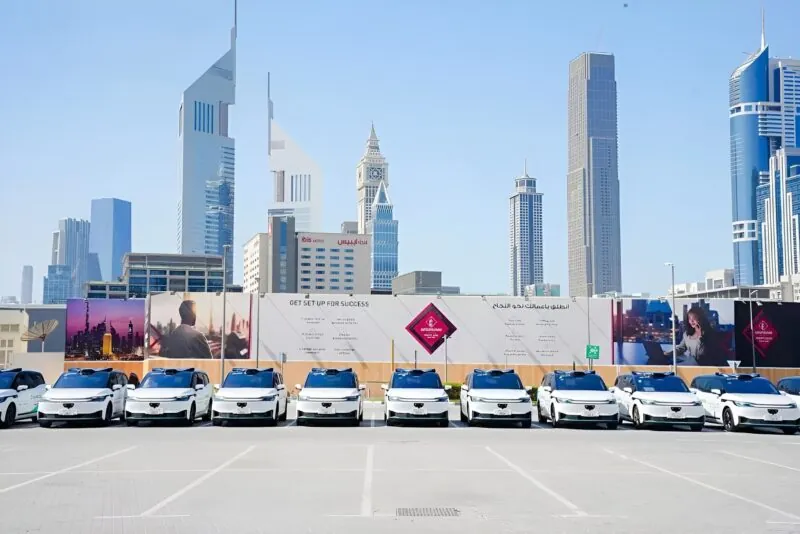Chinese department store chain Pangdonglai (胖东来) has become the centre of mooncake controversy after rumours circulated online claiming the brand had spent a whopping RMB 10 million (about US $ 1.4 million) on packaging design for its Mid-Autumn Festival range.



The figure quickly blew up Weibo, sparking criticism about extravagance and waste, and form over function. Pangdonglai has since released an official statement clarifying the figure, which turned out to be less than half the rumoured number at RMB 4.14 million (about US$ 581,500).
While still not a small expenditure for design costs, Pangdonglai’s statement stressed that it wasn’t any old designer they’d hired. Instead, they’d gone all in to get Alan Chan (陳幼堅) – one of China’s most celebrated designers.


You might recognise his work. His portfolio includes the beautiful flowing logo for Chinese Coca Cola (可口可乐), the iconic Lee Kum Kee label, Hong Kong airport’s signage and visual identity, and that’s just the big ticket items. On top of iconic design, Chan is known for helping brands tell stories through strong visual identity. Despite international acclaim and a use of western aesthetic, he emphasises highlighting Chinese identity on its own terms, making him well placed to work on packaging mooncakes.



Nonetheless, the clarification has not silenced criticism. Many netizens remain sceptical, questioning whether such costs are justified for packaging that is just chucked aside after the holiday. Others, however, defended the company, suggesting that premium design is part of luxury branding and can enhance the consumer experience.
Behind the Pangdonglai mooncake controversy are larger conversations happening in China over the past few years on waste and excessive packaging, and the price of mooncakes. In 2021 the Chinese government issued a national standard called Requirements for Restricting Excessive Packaging of Commodities, aimed at tackling the problem.
It wasn’t just a green issue. Chinese consumers have been genuinely concerned about the price of needless excessive packaging being passed on to the consumer. There were even worries that the giving of expensively packaged gifts could be an opportunity for corruption.









